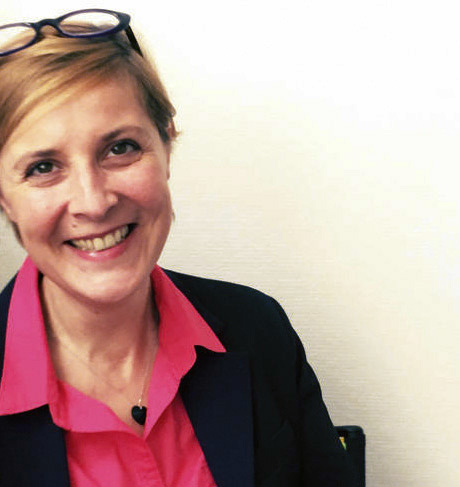Almost all the images in the Gentilly - where the Maison de la photographie Robert Doisneau is located - exhibition and those in the book had never been published before and are now cast into the spotlight only thanks to a chance rediscovery, in the ...



